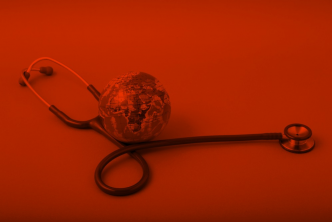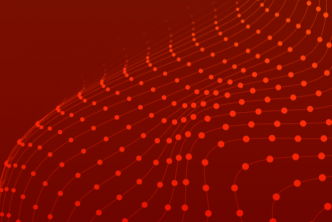Flexibility is Vital to Bioanalysis and Biomarker Analysis/Discovery Partnership Success
Our expert pinpoints key opportunities where flexibility in biomarker and bioanalysis partnerships lead to better product development outcomes and value.
To excel in both bioanalysis and biomarker discovery and analysis, laboratory partners are required to invest in new trainings, equipment and technologies – especially when transitioning into the highly regulated bioanalysis space. But perhaps the most vital asset a preclinical team can invest in is its flexibility to deliver solutions that suit customers’ individual bioanalysis and biomarker solution needs wherever they are in the development lifecycle.
Thomas Maurin, Manager of Biomarkers Operations in the Sophia-Antipolis Lab at Syneos Health, pinpoints some of the key opportunities where flexibility in biomarker and bioanalysis partnerships leads to better asset development and value for customers.
- Embracing agnostic but comprehensive approaches to analysis. “Most of clinical pharmacology and bioanalysis customers share the same preoccupation when their asset enters clinical stage for the first time, asking ‘is my drug safe? Is it well tolerated? These are our clients most pressing questions and we try to weigh them when considering assessing biomarkers,” says Maurin. Indeed, biomarker results may be useful in showing subclinical drug effects that can be used to adjust drug regimen. “The Sophia-Antipolis biomarker team is a bit different than other labs,” explains Maurin. For instance, the lab is uniquely equipped with ultra-sensitive detection that allows scientists to be able to quantify very rare or faintly expressed markers. Science of our client is evolving rapidly so bioanalysis and biomarker solutions teams need to have the latest technologies at their fingertips, including the Single Molecule Array (SIMOA), an ultrasensitive tool that for instance enables scientists to detect marker expression change very early on in the lifecycle process. Labs also need to be flexible enough in using next generation sequencing to interrogate the whole genome expression or identify mutations.
- Tailoring biomarker research to where assets are in the development lifecycle. “There’s a lot at stake for sponsors because it’s the first time they’re injecting their molecule into a human being,” says Maurin. “Some clients have yet to fully understand what their asset targets. This is also an exciting part of our job to partner with our client and bring any internal knowledge and literature, technical expertise to identify a mechanism of action. This collaboration leads to better inform initial biomarker targets that may help quantify outcomes in patients in subsequent clinical development phases.”
- Collaborating with quality assurance teams. Bioanalysis and biomarker solutions teams need to be able to map out and share all the details with clients – with quality management experts in lockstep. “[At the Sophia-Antipolis Lab], all our documents are reviewed by our quality team to ensure the best quality we can to EU and global customers,” says Maurin. Incorporating quality into the preclinical phase of the lifecycle helps asset developers meet the industry’s ever-evolving regulations regarding bioanalysis.
- Supporting trial participants enrollment. Identifying the right biomarker(s) early on may help in subsequent clinical phase recruitment, the right biomarker solutions team can develop tests that help enroll patients who will have an increased chance to respond to a given treatment. “If we start the biomarker identification process early on, and if the biomarker is validated, bioanalysis and bioanalysis teams are able to develop a test that helps sponsors enroll patients that are more prone to react in the right way.”
- Using a “local” option to process complex science. Having a state-of-the-art biomarker and bioanalysis lab in central development areas, like Europe, means expedited timelines for EU-and APAC-based teams. “Having a bioanalysis lab in Europe makes lives easier for our European clients which is directly related to our increasing growth in the EU and Asia,” notes Maurin.
No matter where an asset is in its lifecycle, Maurin stresses that sponsors should be seeking biomarker solutions and bioanalysis partners that make the most of any asset. Whether it’s through serious advances in equipment or skills, biomarker solutions and bioanalysis teams need to respond reflexively and adeptly to new insight and provide expertise to shepherd assets through the preclinical stage.
Is your team looking for biomarker development and analysis and/or bioanalysis help? Our experts at the Sophia-Antipolis Lab are here to help your team achieve new heights with your preclinical asset.
Contributors
Thomas Maurin, Manager, Biomarker Operations, Sophia-Antipolis Lab at Syneos Health






